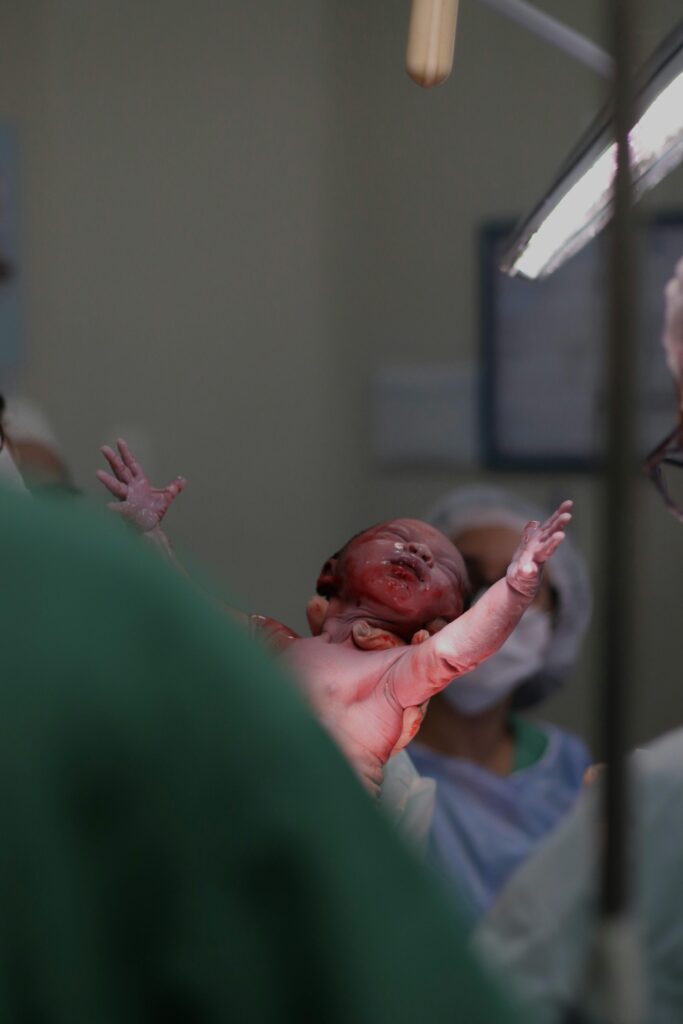Bringing a baby into the world is a powerful and personal journey. While many births happen vaginally, sometimes the safest way to deliver your baby is through a Cesarean section (C-section). Whether planned in advance or decided during labor, knowing what to expect can help ease your mind and prepare you for a positive birth experience.
When Is a C-Section Recommended?
A C-section is a surgical procedure used to deliver a baby through incisions made in the mother’s abdomen and uterus. It might be planned in advance or become necessary during labor if unexpected complications arise.
Common reasons for a C-section include:
- Labor is not progressing (prolonged labor)
- Baby is in a breech or transverse position
- Signs of distress in the baby
- Placenta previa (placenta covering the cervix)
- Multiple births (twins, triplets, etc.)
- Previous C-section or uterine surgery
In most cases, you and your doctor will decide together if a C-section is the safest and most appropriate option for you and your baby (ACOG, 2020).
Anesthesia: Will I Be Awake?
Yes—the majority of C-sections are performed with a spinal or epidural anesthesia, which means:
- You’ll be awake and alert
- You won’t feel pain, but you may feel pressure or tugging
- You can see your baby right after birth and may be able to do skin-to-skin if you and baby are stable
In rare situations, such as an emergency or if the spinal/epidural doesn’t work, general anesthesia may be used. In that case, you’ll be asleep during the procedure. Your doctor will discuss these options with you well in advance or in the moment, depending on the situation.
What Happens During the C-Section?
Here’s a quick overview of what to expect:
- Preparation – You’ll be taken to an operating room. A catheter will be placed in your bladder, and your abdomen will be cleaned.
- Anesthesia – A spinal or epidural will be administered by an anesthesiologist.
- Incision – The doctor makes a horizontal incision in the lower abdomen and uterus.
- Delivery – The baby is gently lifted out. You may feel tugging or pressure, but not pain.
- First Moments – Once your baby is born, they will be shown to you and may be placed on your chest for skin-to-skin contact.
- Closure – The uterus and abdomen are closed with dissolvable stitches or staples. This part takes about 30 minutes.
The entire procedure usually lasts around 45 minutes to 1 hour.
Recovery After a C-Section
Recovery from a C-section typically takes a bit longer than vaginal birth. Expect to:
- Stay in the hospital for about 2 to 4 days
- Experience some pain or soreness around the incision
- Avoid lifting heavy objects for a few weeks
- Take prescribed medications for pain relief
Walking around (with assistance) soon after surgery can promote healing and reduce the risk of complications like blood clots (WHO, 2018). Your care team will guide you through every step.
Emotional Aspects of a C-Section
Some people feel nervous or disappointed if a vaginal birth isn’t possible—but it’s important to remember:
How you deliver doesn’t define your strength or motherhood.
Whether vaginal or surgical, every birth is valid, brave, and deeply meaningful. What matters most is your and your baby’s well-being.
Final Thoughts
A C-section may not be part of everyone’s original birth plan, but it’s often the safest path for both mother and baby when needed. With the support of your healthcare team, good communication, and a little preparation, a C-section can still be a beautiful and empowering way to meet your child.
Don’t hesitate to ask your doctor:
- What to expect during and after surgery
- What type of anesthesia might be used
- What recovery support you’ll need at home
References (APA Style)
- American College of Obstetricians and Gynecologists. (2020). Cesarean birth (C-section). https://www.acog.org
- World Health Organization. (2018). WHO recommendations: Non-clinical interventions to reduce unnecessary caesarean sections. https://www.who.int/publications/i/item/9789241550338
- Lavender, T., Hofmeyr, G. J., Neilson, J. P., Kingdon, C., & Gyte, G. M. L. (2012). Caesarean section for non-medical reasons at term. Cochrane Database of Systematic Reviews, 3, CD004660. https://doi.org/10.1002/14651858.CD004660.pub3

